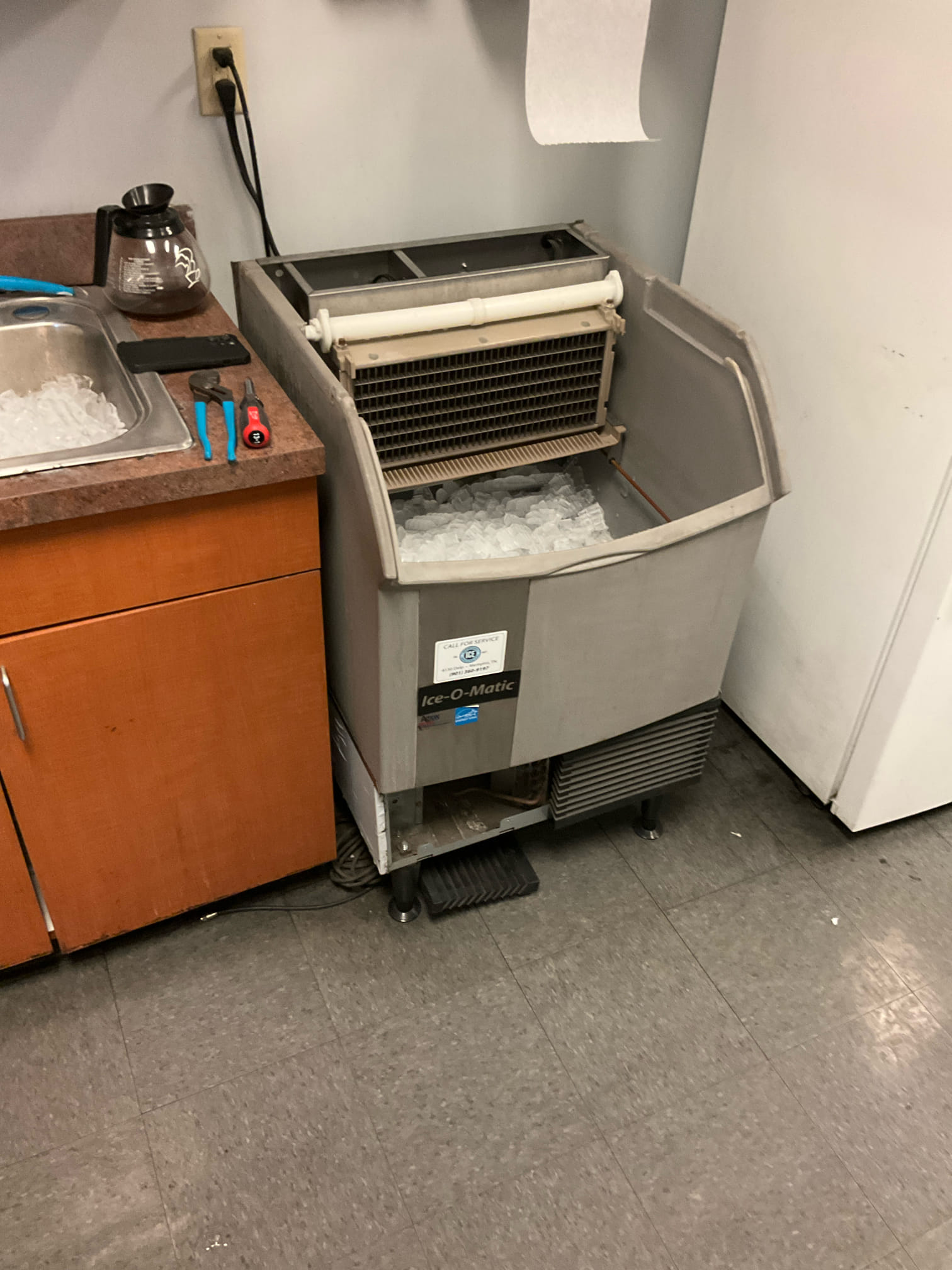proudly serving
the mid-south

Walk-In Freezer Maintenance Checklist: Tips for Easy Year-Round Care
Keeping your walk-in freezer in good shape protects your products and helps you avoid costly repairs. A simple maintenance checklist helps you catch small issues early and keeps your freezer running efficiently.
This means your business stays cool, your inventory stays fresh, and you can focus on what matters most. Routine tasks like checking door seals, cleaning coils, and monitoring temperature changes don’t take much time but make a big difference.
Regular care extends your freezer’s life and helps you avoid unexpected breakdowns. Whether you run a restaurant, hospital, or grocery store in the Mid-South, having a reliable freezer is crucial.
Follow this checklist to stay ahead of problems and keep your equipment working smoothly all year long.
Daily Walk-In Freezer Maintenance Tasks
Keeping your walk-in freezer running smoothly each day means checking a few important things. Watch the temperature closely, make sure the door seals hold tight, listen for any strange sounds, and keep the lighting working.
These simple steps help avoid costly repairs and protect your stored products.
Temperature Inspection
Start each day by checking the freezer’s temperature. Use a reliable thermometer to make sure the temperature stays consistent, usually between -10°F and 0°F.
Sudden changes can signal a problem with the compressor or door seal. Record the temperature readings in a log.
This habit helps you spot trends that could mean the freezer isn’t working efficiently. If you notice the temperature rising, act quickly to prevent food spoilage or ice buildup.
Check Door Seals
Door seals are the freezer’s first defense against warm air getting in. Inspect the gasket around the door for cracks, tears, or dirt buildup that could cause leaks.
Run your hand around the seal to feel for any air gaps. Clean the seals with warm water and mild detergent to keep them flexible and strong.
Replace any damaged seals immediately to keep your freezer airtight and reduce energy loss.
Monitor for Unusual Noises
Listen for any new or loud noises when the freezer is running. Sounds like grinding, banging, or constant clicking can mean parts like the compressor or fans need service.
Report these sounds to your service provider quickly to prevent a breakdown and costly emergency repairs.
Inspect Lighting
Good lighting inside the walk-in freezer helps you spot any issues with your stored products. Check daily that all lights turn on and off properly.
Replace any bulbs that are flickering or dim. Clear visibility helps your staff work quickly without accidents.
Use bulbs rated for low temperatures to avoid early burnout.
Weekly Walk-In Freezer Cleaning Procedures
Keeping your walk-in freezer clean each week helps prevent odors, bacteria, and equipment wear. Focus on sanitizing all surfaces, paying close attention to door gaskets, and maintaining clean floors.
Sanitize Surfaces
Wipe down all interior surfaces using a food-safe sanitizer. This includes shelves, walls, and any storage bins inside.
Use a clean cloth or sponge, and make sure you get into corners and crevices where dirt and ice can build up. Avoid harsh chemicals that could leave harmful residues.
Focus on cleaning spills or frost that may trap bacteria. After sanitizing, allow surfaces to air dry or wipe with a dry cloth.
Clean Door Gaskets
Door gaskets are the rubber seals that keep the cold air inside your freezer. If they get dirty or damaged, your freezer has to work harder.
Each week, wipe gaskets with warm, soapy water to remove grease, dust, and mildew. Check for cracks or tears while you clean.
Damaged gaskets cause cold air leaks, which lead to higher energy use and unpredictable temperatures. If you find any issues, set up a repair or replacement with your refrigeration expert right away.
Sweep and Mop Floors
Clean floors prevent slip hazards and stop dirt from moving into your freezer’s interior. Start by sweeping the floor to pick up ice chips, dust, and debris.
Next, mop with a mild detergent solution mixed with warm water. Avoid soaking the floor, which could create ice patches and slow evaporation.
Dry the floor with a clean mop or towel after cleaning to keep it safe for workers and equipment.
Monthly Walk-In Freezer Component Checks
Checking key parts of your walk-in freezer every month helps keep it running smoothly and avoids costly repairs. Focus on the evaporator coils, condenser unit, and drain lines to catch issues early and maintain steady temperatures.
Inspect Evaporator Coils
Your evaporator coils pull heat out of the freezer, so they need to be clean and clear. Dust or ice buildup on the coils reduces cooling efficiency.
Carefully look for frost or ice patches. If you see any, defrost the coils fully before operating the unit again.
Use a soft brush or vacuum to remove dust and dirt from the coils. Avoid bending the fins, as that can block airflow.
Examine Condenser Unit
The condenser pushes heat away from your freezer, so it must be free of debris and damage. Check that the fan runs quietly and smoothly.
Make sure there are no bent fins, dirt, or leaves blocking the condenser grill or coils. If you find dirt buildup, gently clean it with a brush or low-pressure water spray.
Pay attention to any unusual noises or vibrations; these can be early signs of trouble.
Check Drain Lines
Drain lines remove water from defrost cycles. Blocked or leaking drains can cause water to pool inside your freezer, damaging floors and creating slipping hazards.
Inspect the drain line for cracks or clogs by flushing it with warm water. If you notice slow drainage or odors, clean the lines thoroughly.
Regularly keeping drain lines clear prevents ice buildup and water damage while protecting your inventory and workspace safety.
Quarterly Walk-In Freezer Maintenance Steps
Every few months, some key checks help keep your walk-in freezer working safely and efficiently. Confirm your temperature controls work right and make sure refrigerant levels are where they need to be.
Test Thermostats
Checking your thermostats is crucial for keeping your freezer at the right temperature. Start by setting your thermostat to the recommended temperature, usually between -10°F and 0°F.
Use a reliable thermometer inside the freezer to compare. If the temperature inside doesn’t match the thermostat setting closely, the thermostat might be faulty or need calibration.
Inspect the wiring and connections on the thermostat. Loose or damaged wires can cause temperature control issues.
If you find any problems, have a technician adjust or replace the thermostat as needed.
Verify Refrigerant Levels
Refrigerant helps your freezer cool properly. Low refrigerant means the system works harder and may not reach the correct temperature.
A certified technician should measure refrigerant pressure during routine maintenance. They will also inspect hoses and fittings for leaks or damage.
If refrigerant is low, don’t delay repair. Running your system without enough refrigerant can cause long-term damage and increase energy costs.
Annual Inspection and Professional Servicing
Schedule a thorough check each year to keep your walk-in freezer in top shape. This helps spot issues before they become costly and ensures your unit runs safely and efficiently.
Schedule Professional Inspections
Plan for a professional technician to inspect your walk-in freezer at least once a year. They will clean coils, check refrigerant levels, and inspect the compressor and fans.
A scheduled visit before busy months, like summer, lets you handle repairs early. Professionals also tighten fittings and replace worn parts.
Set reminders for these inspections so you don’t miss them.
Test Electrical Connections
Electrical connections in your freezer need careful testing to avoid downtime or safety risks. Each year, a technician should check wiring for wear, loose connections, or corrosion.
They’ll verify that controls, sensors, and circuit breakers work correctly. Documenting these tests helps you track problems early and plan repairs before damage spreads.
Common Walk-In Freezer Issues to Watch For
Knowing what problems can show up helps you keep your walk-in freezer working right. Some issues can hurt your freezer’s performance or damage your stored goods if not caught early.
Watch for signs like frost buildup and odd smells to protect your inventory.
Frost Buildup
Frost buildup inside your walk-in freezer can block airflow and reduce cooling efficiency. It usually happens if the door seal is damaged or left open too long.
When warm, moist air sneaks in, it freezes on the walls or coils. Thick ice layers can cause the freezer to run harder and waste energy.
To prevent frost, check the door gasket regularly for cracks or tears. Minimize how long the door stays open, especially during busy times.
Regular defrost cycles are important. If your freezer doesn’t defrost itself automatically, schedule manual defrosting to clear ice buildup.
Unusual Odors
Strange smells in your walk-in freezer are a warning sign. They might mean spoiled food, poor air circulation, or a need for cleaning.
Check for leaks or spills inside the freezer and clean contaminated areas quickly. Inspect your drainage system because blocked drains can cause standing water and odors.
A regular cleaning schedule helps stop bad smells before they start. Wipe down walls and floors, and remove any expired items to keep your freezer smelling fresh and safe.
Safety Precautions for Walk-In Freezer Maintenance
When working on your walk-in freezer, safety comes first. Protect yourself with the right gear and handle chemicals carefully to avoid injuries and keep the area safe.
Personal Protective Equipment
Always wear gloves to protect your hands from sharp edges and cold surfaces. Insulated gloves work best for freezing temperatures.
Use safety glasses to keep your eyes safe from dust, ice chips, or cleaning sprays. Non-slip shoes are important because freezer floors can get wet or icy.
If you work in tight spaces or with power tools, consider wearing a hard hat and a face mask. Tip: Keep a portable flashlight with you.
It helps you see better in dark corners or low-light areas inside the freezer.
Safe Handling of Chemicals
Many cleaning agents or coil sprays contain harsh chemicals. Always read the label for directions and warnings before use.
Store chemicals in a cool, dry place away from the freezer door. Never mix chemicals; this can cause dangerous reactions.
Wear chemical-resistant gloves and a mask when handling strong cleaners. If a spill happens, clean it immediately and ventilate the area.
Keep a first aid kit nearby in case of accidental contact.
Recordkeeping and Documentation
Keeping clear records helps you spot problems early and stay on top of your walk-in freezer’s health. Detailed notes about what you clean, check, or repair make future service easier and faster.
This way, you protect your investment and avoid costly downtime.
Maintenance Logs
A maintenance log is your daily or weekly checklist of tasks for your freezer.
Record things like cleaning coils, checking door seals, and temperature readings.
Write down the date, what you did, and any issues you noticed.
Use a simple format like this:
| Date | Task | Notes |
|---|---|---|
| 09/01/2025 | Cleaned condenser coils | Dust buildup removed |
| 09/15/2025 | Checked door seals | Minor gap on left door |
| 09/20/2025 | Temperature checked | Normal range 0°F to 5°F |
This log helps you track routine care and quickly spot anything that needs attention.
It also gives your service technician a clear record of maintenance between visits.
Service History Tracking
Record all professional service visits separately from your maintenance log.
Note the date, work performed, replaced parts, and the technician’s name.
This history helps you plan repairs and budget for parts or service costs.
Keep records of warranties and service agreements in the same place.
If a problem repeats, you can show the technician past repairs.
Example details to track:
- Service date
- Technician name
- Work description
- Parts replaced
- Cost
- Follow-up recommendations
Good documentation supports faster service calls.
It helps your freezer stay reliable with fewer surprises.
Frequently Asked Questions
Keeping your walk-in freezer in good shape means cleaning, performing safety checks, and monitoring its performance.
Pay attention to door seals, refrigeration parts, and the right temperature to keep food safe and energy use low.
What are the essential steps in a walk-in freezer maintenance routine?
Check the door seals weekly to make sure they close tightly.
Clean the coils and fans every few months to prevent frost buildup.
Check the interior temperature daily to keep it stable.
How can I establish a regular cleaning schedule for my walk-in freezer?
Clean the interior surfaces and remove ice buildup every three months.
Schedule coil and fan cleaning at the same time.
Use a calendar or checklist to stay on track.
Can you list the safety checks needed for walk-in freezer upkeep?
Inspect door latches to avoid getting trapped inside.
Test the emergency release handle monthly.
Check that lights and alarms work properly.
Is there a checklist for monitoring the refrigeration system performance of a walk-in freezer?
Check compressor operation, condenser coils, and evaporator fans every three months.
Listen for unusual noises and watch for frost on the cooling elements.
What temperature should I maintain in my walk-in freezer to ensure proper operation?
Keep most walk-in freezers at 0°F (-18°C) or below.
Check the thermometer regularly to ensure it stays in this range.
What are the common signs that indicate my walk-in freezer may need professional maintenance?
Watch for rising temperatures or strange noises. Frost buildup or damaged door seals also signal a problem.
If you notice any of these issues, call a refrigeration expert. This can help prevent bigger problems.
Recent News
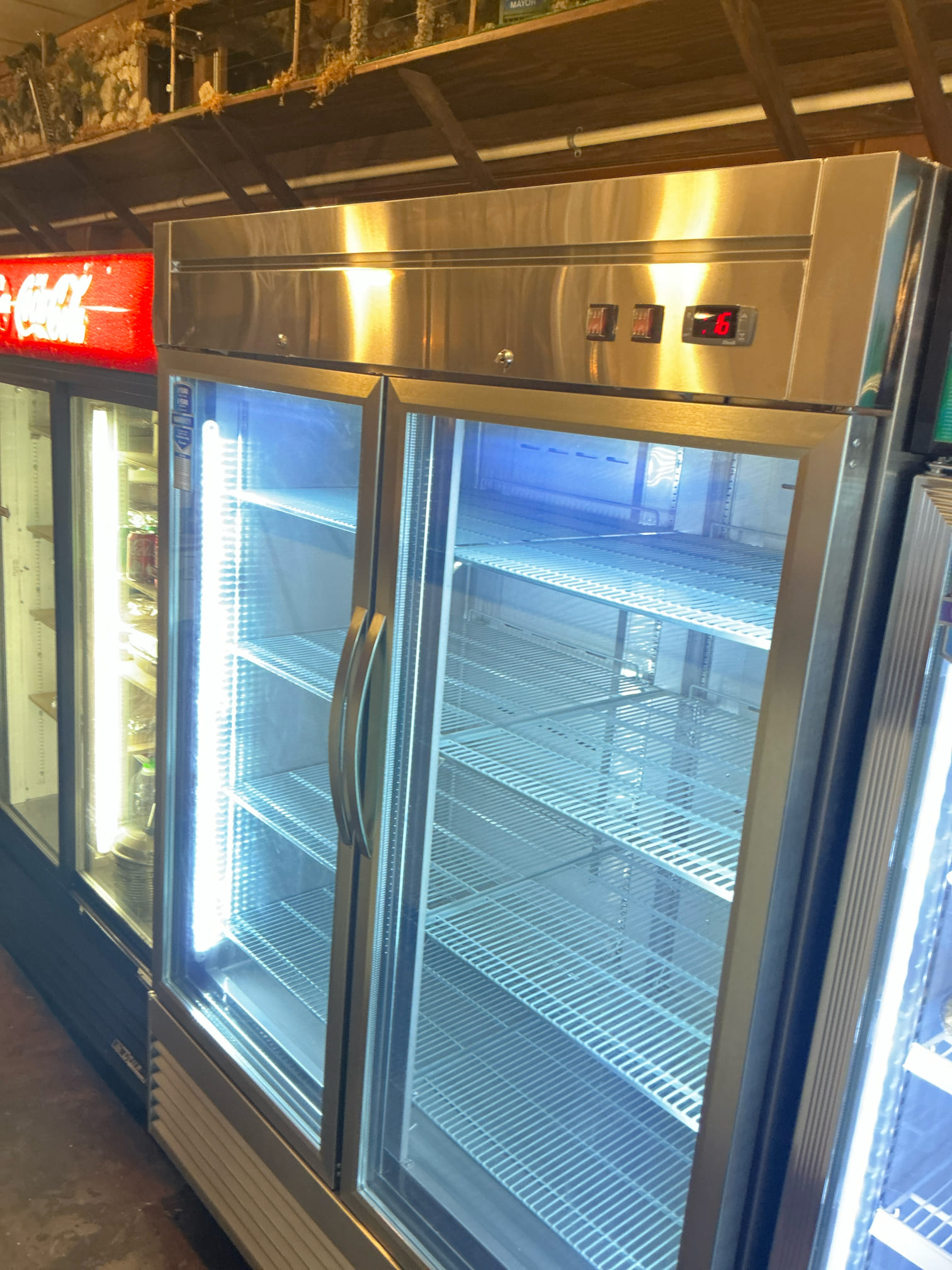
Best Practices for Storing Food Around Ice Bins Safely and Efficiently
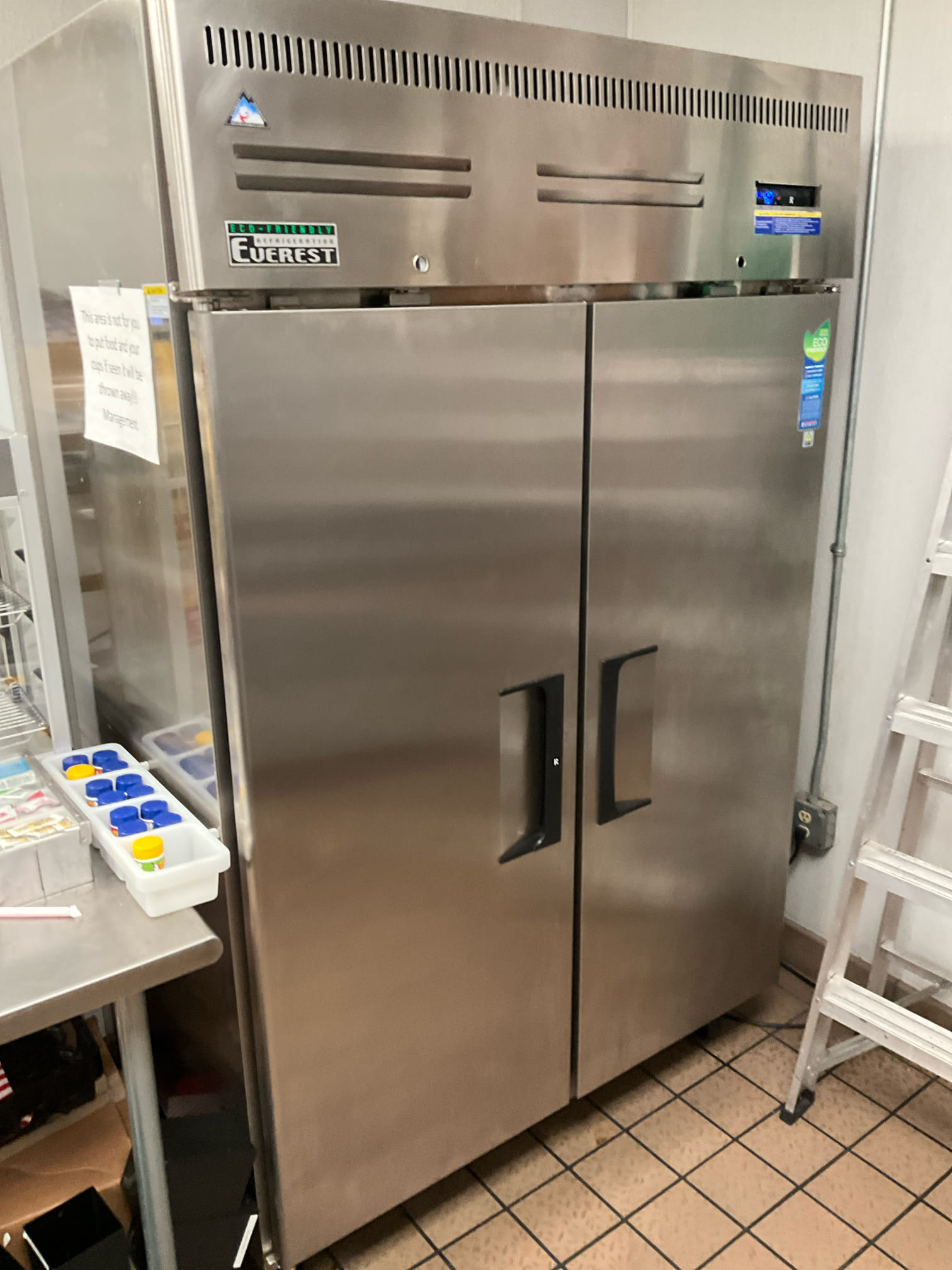
Best Practices for Loading and Unloading Walk-In Freezers Made Easy and Efficient
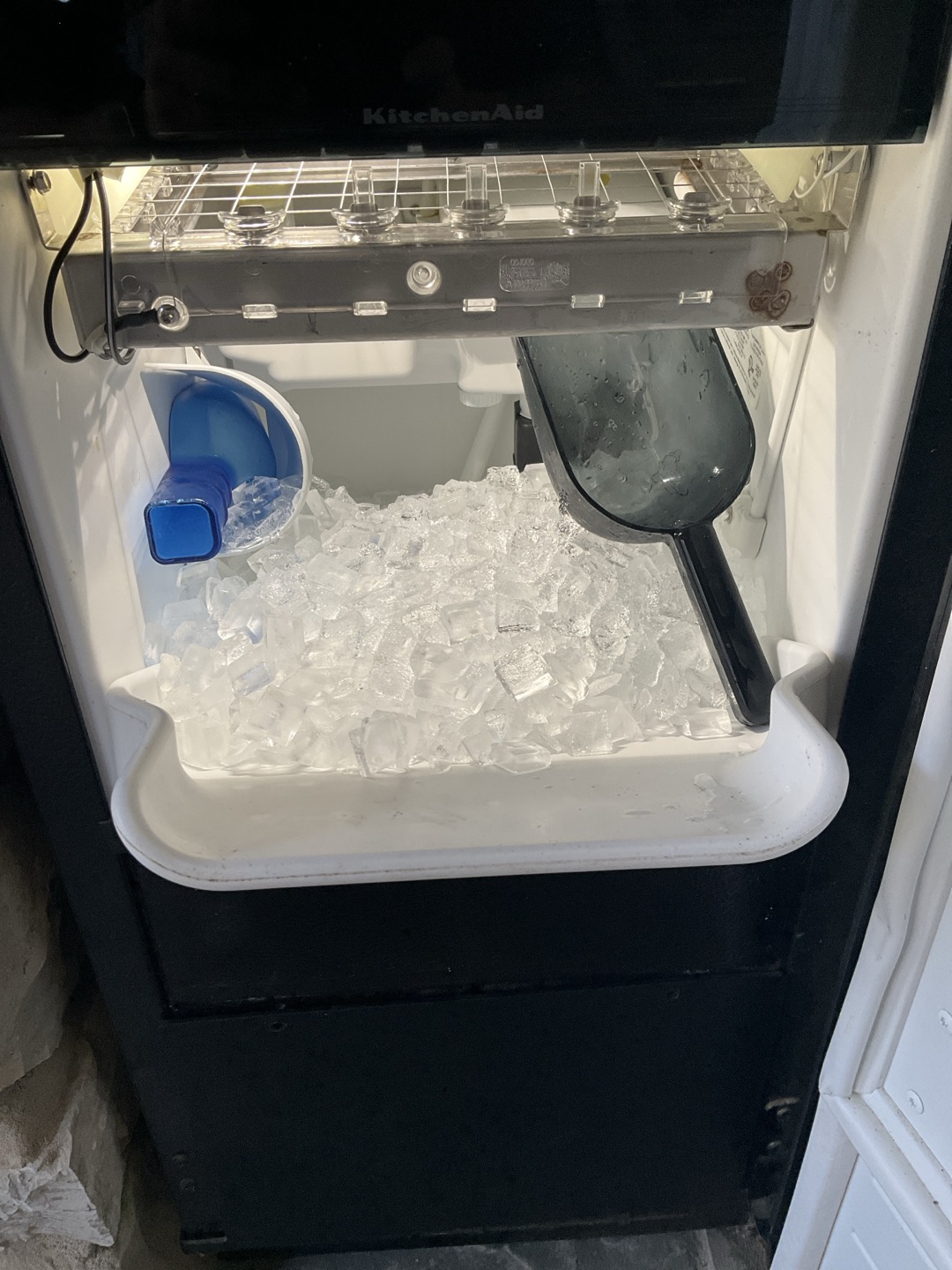
Best Practices for Cleaning Walk-In Cooler Shelving Tips for Maintaining Hygiene and Efficiency
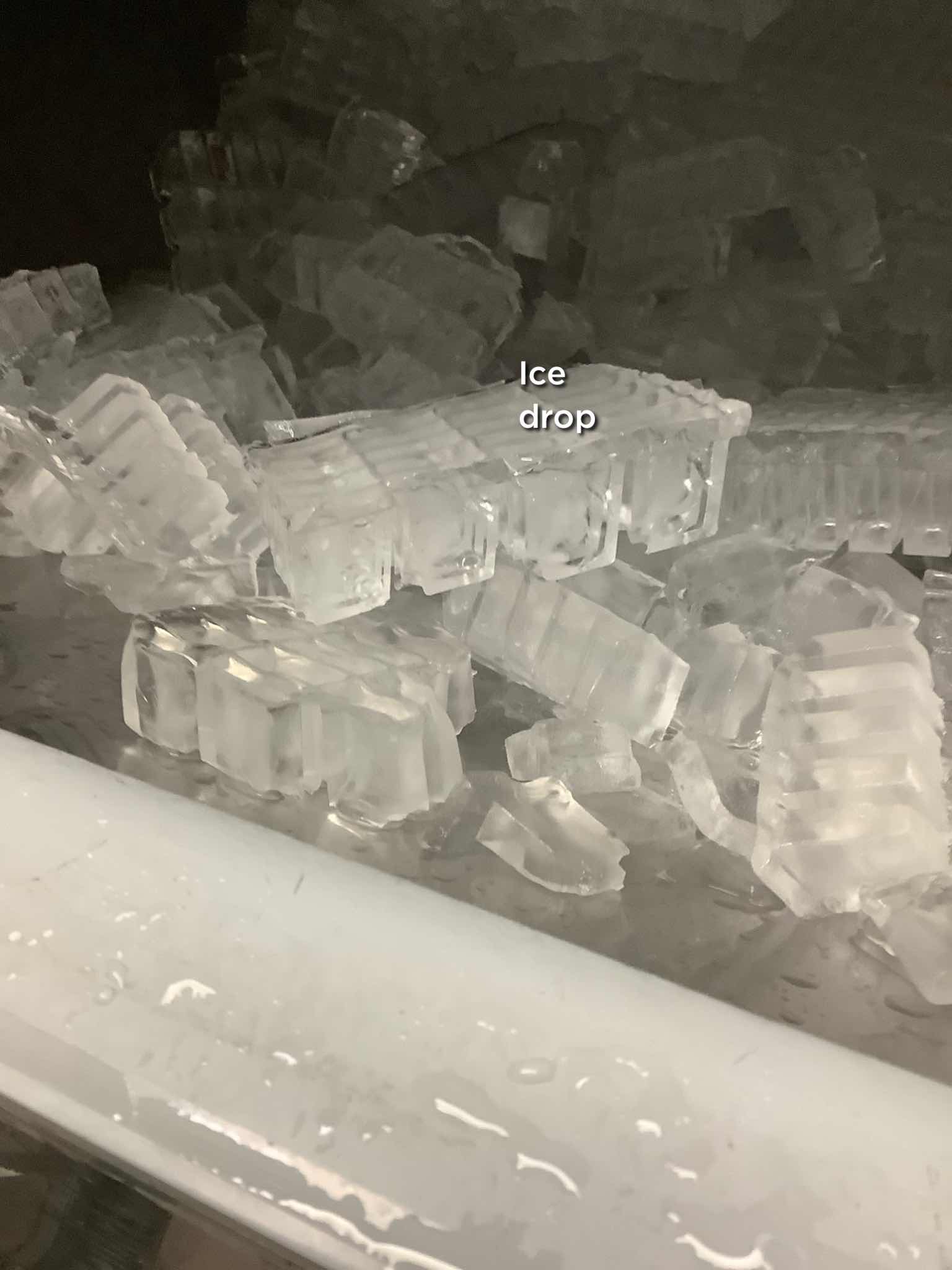
Best Practices for Cleaning and Sanitizing Commercial Ice Equipment to Keep It Safe and Sparkling

Best Maintenance Tips for Bar Refrigeration Systems to Keep Your Drinks Cold and Equipment Running Smoothly
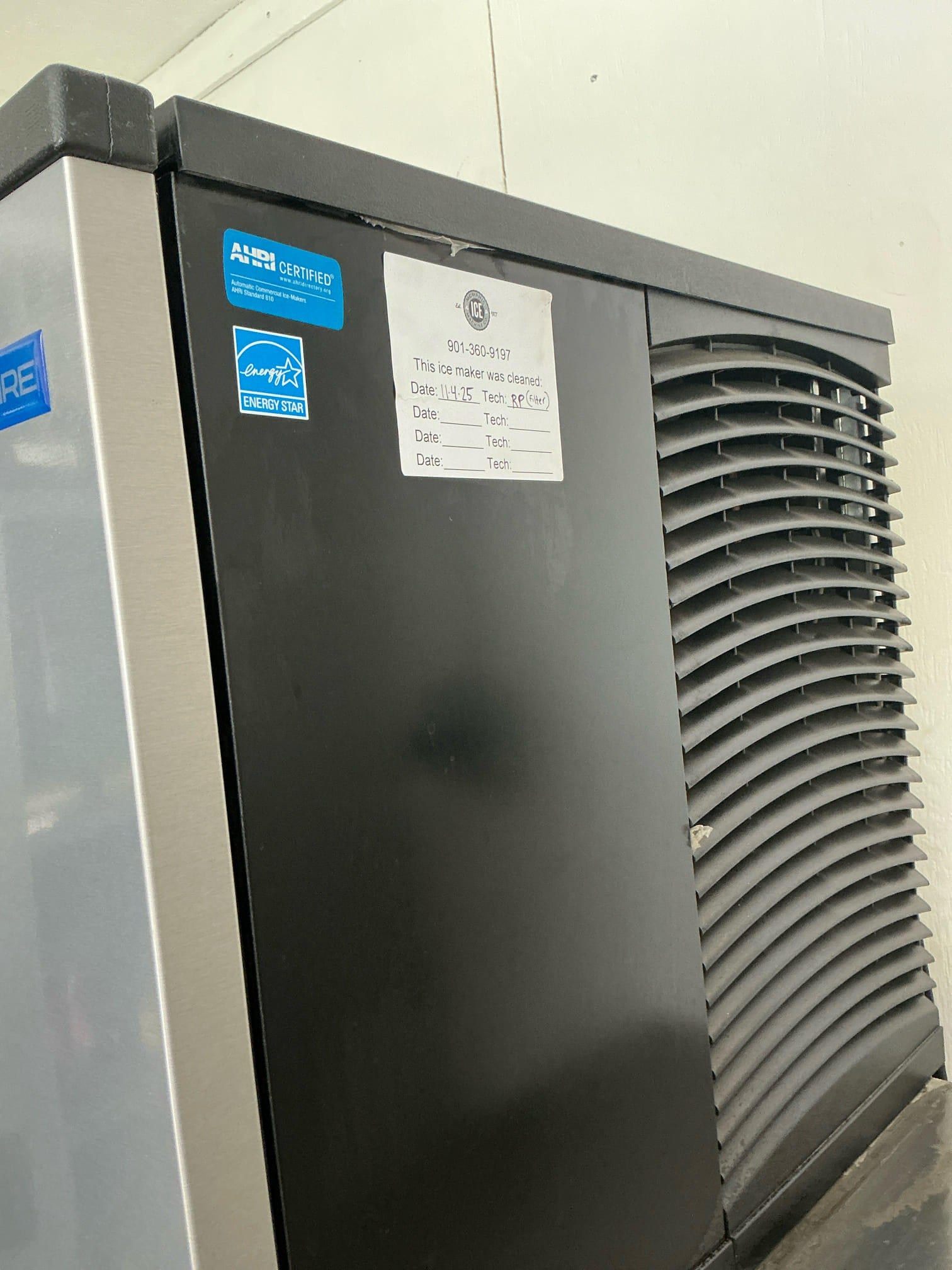
Benefits of Working with Certified Refrigeration Technicians for Reliable and Efficient Cooling Solutions
